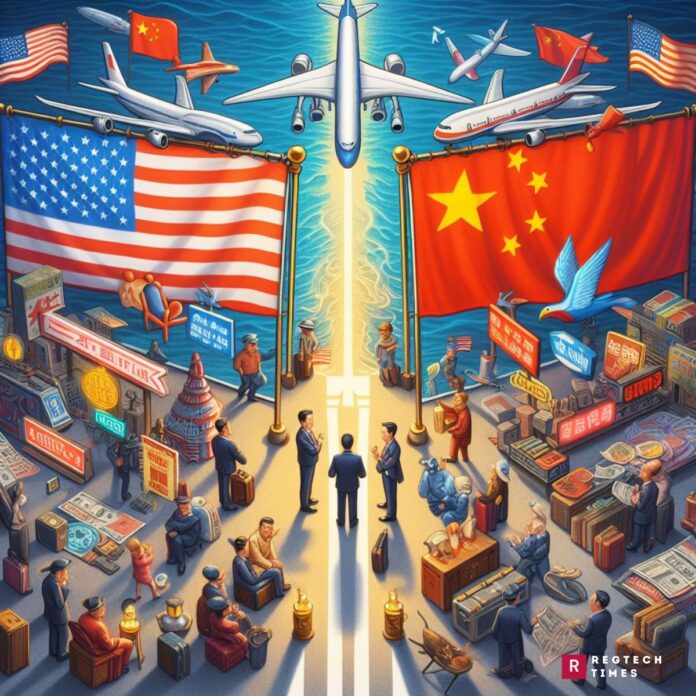In the intricate web of U.S.-China relations, travel advisories play a crucial role. Recently, Deputy Secretary of State Kurt Campbell’s statements regarding the reevaluation of these advisories have ignited conversations. These remarks underscore the delicate balance between ensuring safety and promoting meaningful exchanges between the two nations.
Background on Travel Advisories
Travel advisories are official guidelines issued by governments to inform citizens about safety, security, and health conditions in specific destinations, helping travelers make informed decisions and take precautions. The U.S. issues such advisories for China, categorized into levels indicating risk, with Mainland China and Hong Kong at Level 3 (reconsider travel) due to concerns like arbitrary law enforcement. Recent discussions suggest the U.S. may ease advisories to balance safety with engagement, acknowledging potential impacts on exchanges between Americans and Chinese people.
Deputy Secretary of State Kurt Campbell’s Statement
During a forum hosted by the National Committee on U.S.-China Relations, Deputy Secretary Kurt Campbell emphasized the necessity of reassessing travel advisories for China. He highlighted potential inadvertent impediments these warnings may pose to exchanges between American and Chinese individuals, emphasizing the nuanced relationship between safety and engagement.
Reasons for Easing Advisories
Diplomatic Engagement: The U.S. values maintaining diplomatic channels with China. Restrictive advisories could hinder dialogue, cultural exchanges, and business interactions. By easing advisories, the U.S. hopes to improve communication and understanding between the two nations.
Economic and Trade Ties: Despite political tensions, economic relations between the U.S. and China are strong. Facilitating travel can enhance business partnerships, investment, and economic development. Encouraging Americans to visit China may create more trade opportunities and foster bilateral cooperation.
People-to-People Connections: Promoting travel encourages personal connections between individuals. These connections are vital for mutual understanding, academic collaboration, cultural appreciation, and bridging societal gaps. Interactions at a grassroots level contribute to stronger diplomatic ties.
Balancing Safety and Engagement: While safety is paramount, overly strict advisories could inhibit positive interactions. Finding the right balance between safety measures and openness is crucial. Eased advisories can promote responsible travel while facilitating meaningful exchanges.
Challenges and Concerns
The current global pandemic adds complexity to the task of easing travel advisories. Ensuring the safety and well-being of travelers while promoting openness and engagement demands a delicate balance. Implementing rigorous health protocols, such as vaccination requirements, testing procedures, and quarantine measures, becomes essential to mitigate the risk of COVID-19 transmission. Additionally, providing up-to-date information on health conditions and local regulations empowers travelers to make informed decisions. However, achieving this balance necessitates continuous monitoring of the evolving situation and adapting policies accordingly to safeguard public health while facilitating travel.
Public Perception and Diplomatic Implications
When considering the easing of travel advisories between nations, it’s essential to carefully navigate both public perception and diplomatic implications. While some may welcome such changes as a positive step towards improved relations, others may express skepticism or concern. Diplomatically, both nations must proceed cautiously to ensure clear communication and prevent misunderstandings or unintended repercussions that could potentially strain bilateral relations.
As the U.S. contemplates the trajectory of travel advisories, prudence is imperative. While easing advisories may enhance bilateral relations, it necessitates careful deliberation. Balancing safety with engagement will shape the future dynamics of U.S.-China travel, underscoring the nuanced nature of international relations.


